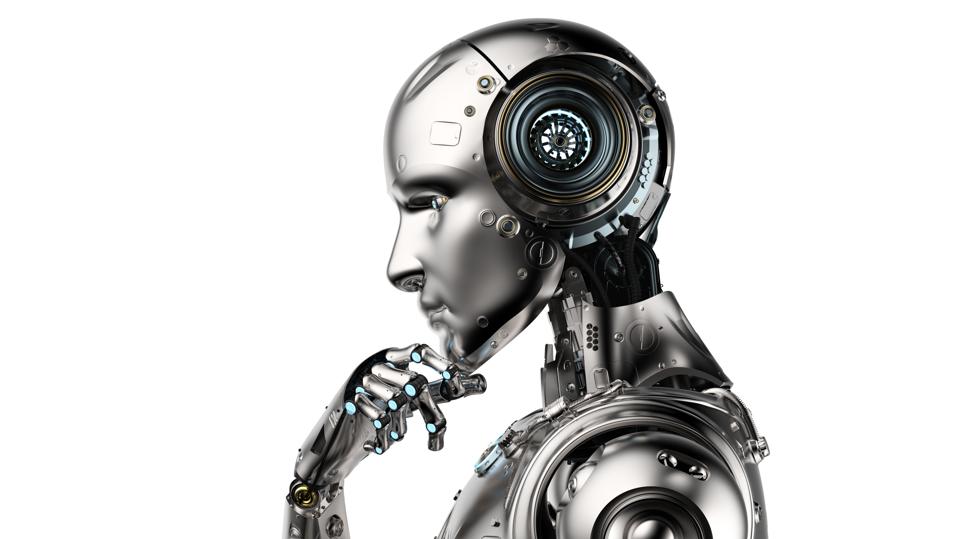Weiss, A., Burgmer, P., Rom, S. C., & Conway, P. (2024).
Journal of Experimental Social Psychology, 110, 104505.
Abstract
Individuals who reject sacrificial harm to maximize overall outcomes, consistent with deontological (vs. utilitarian) ethics, appear warmer, more moral, and more trustworthy. Yet, deontological judgments may not only convey emotional reactions, but also strict adherence to moral rules. We therefore hypothesized that people view deontologists as more morally absolutist and hence self-righteous—as perceiving themselves as morally superior. In addition, both deontologists and utilitarians who base their decisions on rules (vs. emotions) should appear more self-righteous. Four studies (N = 1254) tested these hypotheses. Participants perceived targets as more self-righteous when they rejected (vs. accepted) sacrificial harm in classic moral dilemmas where harm maximizes outcomes (i.e., deontological vs. utilitarian judgments), but not parallel cases where harm fails to maximize outcomes (Study 1). Preregistered Study 2 replicated the focal effect, additionally indicating mediation via perceptions of moral absolutism. Study 3 found that targets who reported basing their deontological judgments on rules, compared to emotional reactions or when processing information was absent, appeared particularly self-righteous. Preregistered Study 4 included both deontological and utilitarian targets and manipulated whether their judgments were based on rules versus emotion (specifically sadness). Grounding either moral position in rules conveyed self-righteousness, while communicating emotions was a remedy. Furthermore, participants perceived targets as more self-righteous the more targets deviated from their own moral beliefs. Studies 3 and 4 additionally examined participants' self-disclosure intentions. In sum, deontological dilemma judgments may convey an absolutist, rule-focused view of morality, but any judgment stemming from rules (in contrast to sadness) promotes self-righteousness perceptions.
My quick take:
The authors also found that people were more likely to perceive deontologists as self-righteous if they based their judgments on rules rather than emotions. This suggests that it is not just the deontological judgment itself that leads to perceptions of self-righteousness, but also the way in which the judgment is made.
Overall, the findings of this study suggest that people who make deontological judgments in moral dilemmas are more likely to be perceived as self-righteous. This is because deontological judgments are often seen as reflecting a rigid and absolutist view of morality, which can come across as arrogant or condescending.
It is important to note that the findings of this study do not mean that all deontologists are self-righteous. However, the study does suggest that people should be aware of how their moral judgments may be perceived by others. If you want to avoid being perceived as self-righteous, it may be helpful to explain your reasons for making a deontological judgment, and to acknowledge the emotional impact of the situation.
















